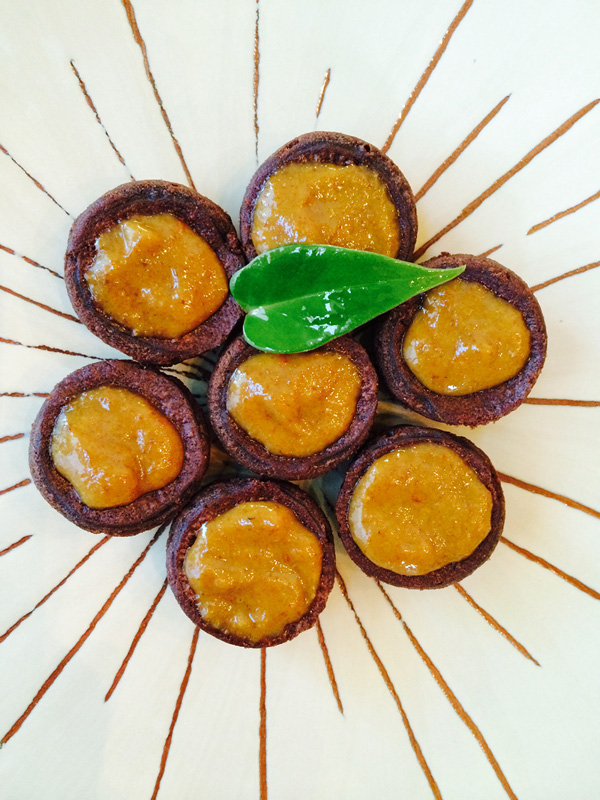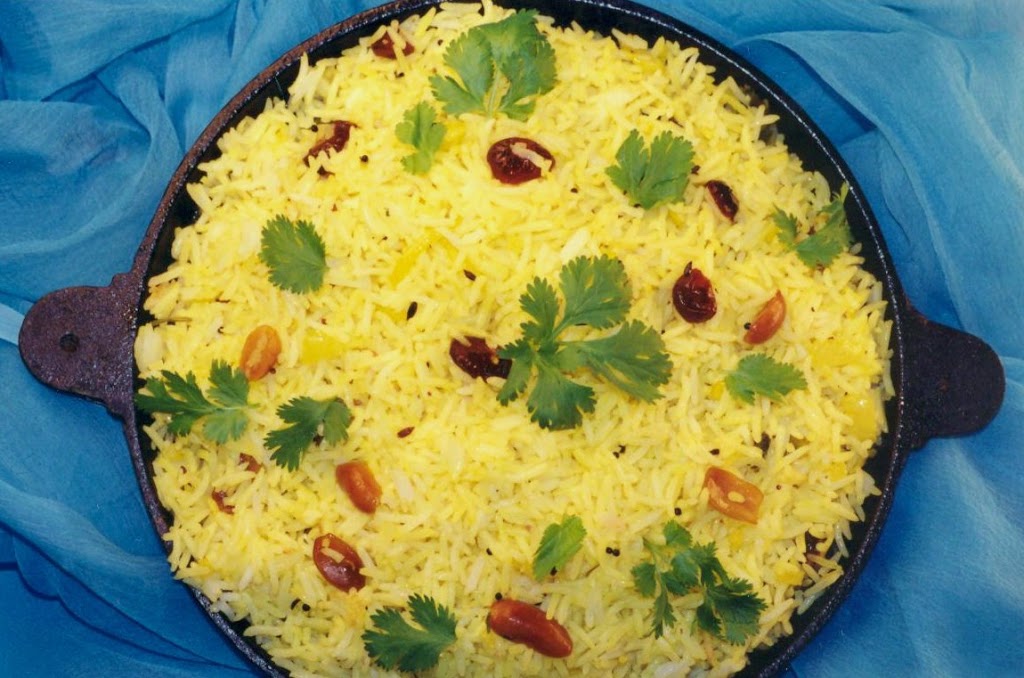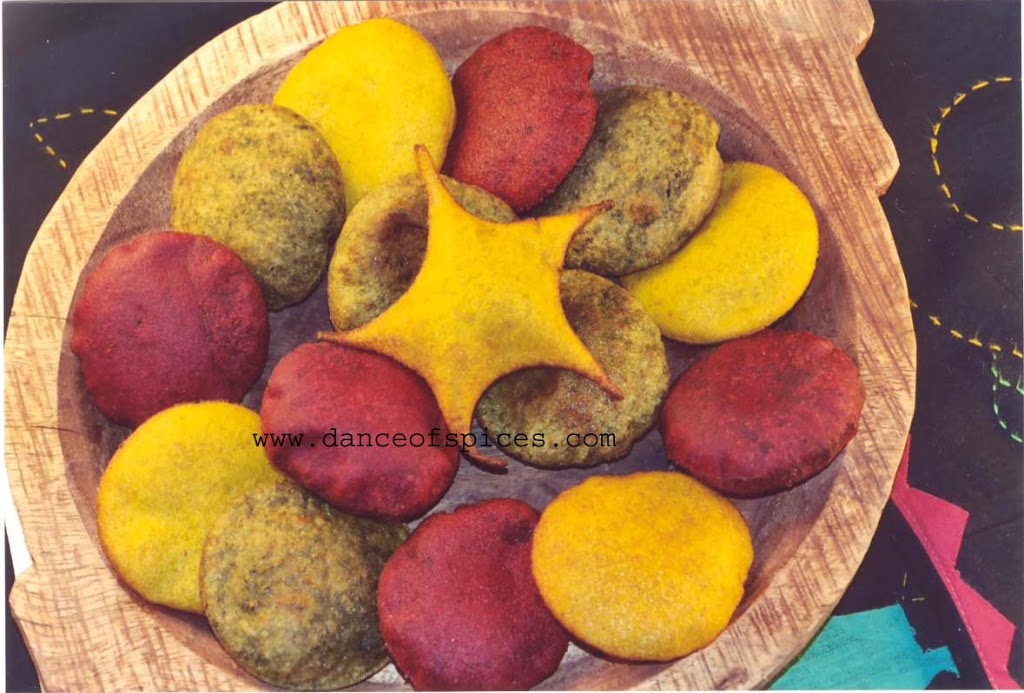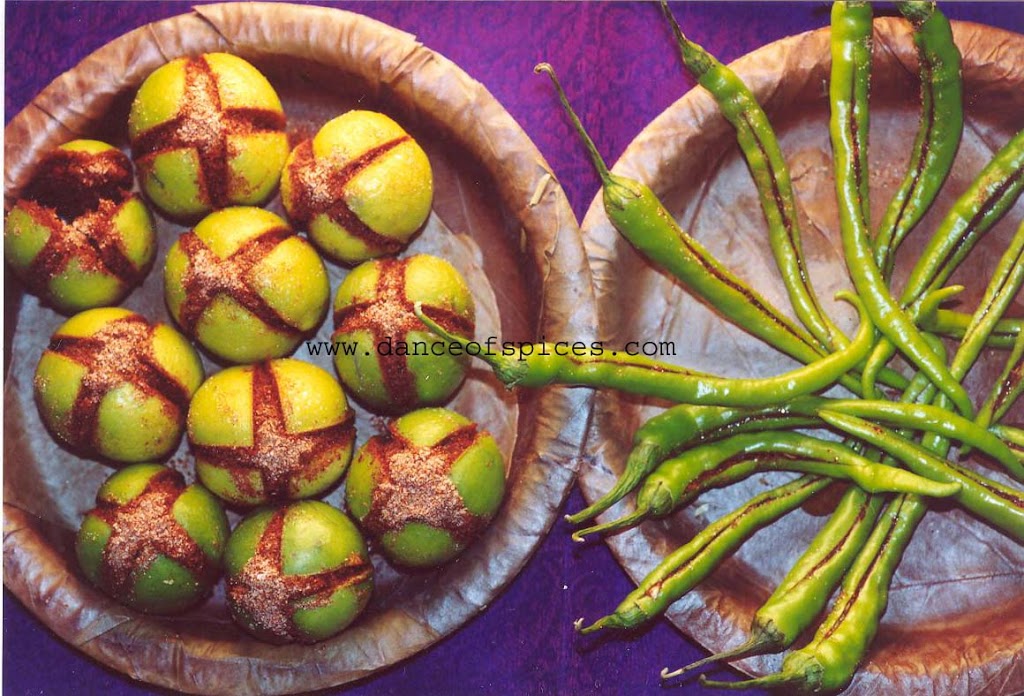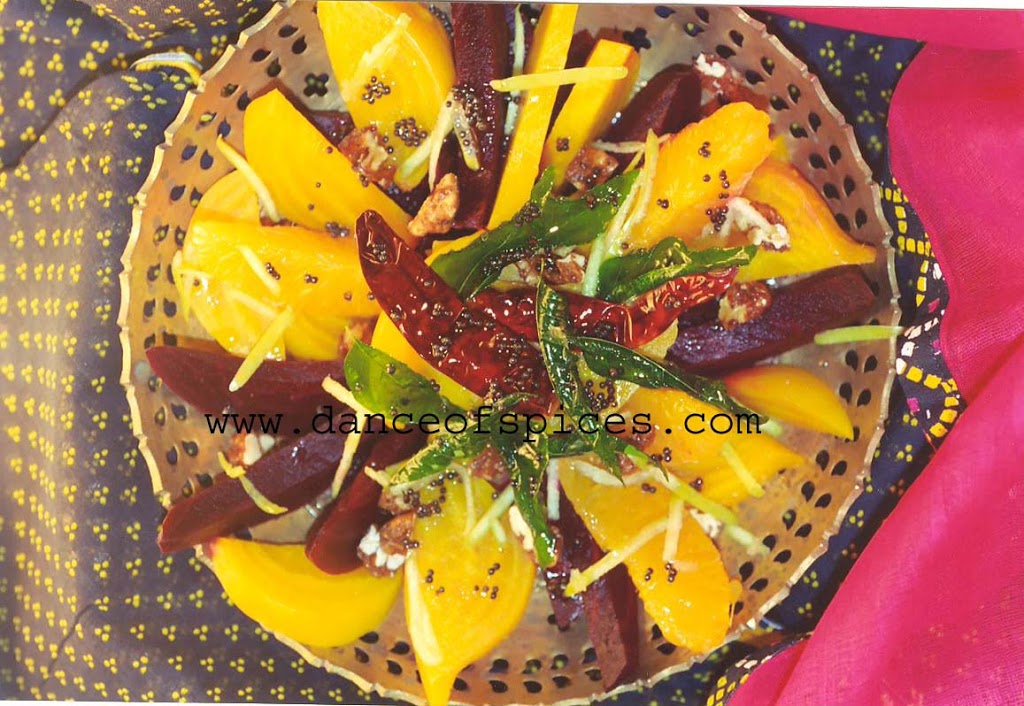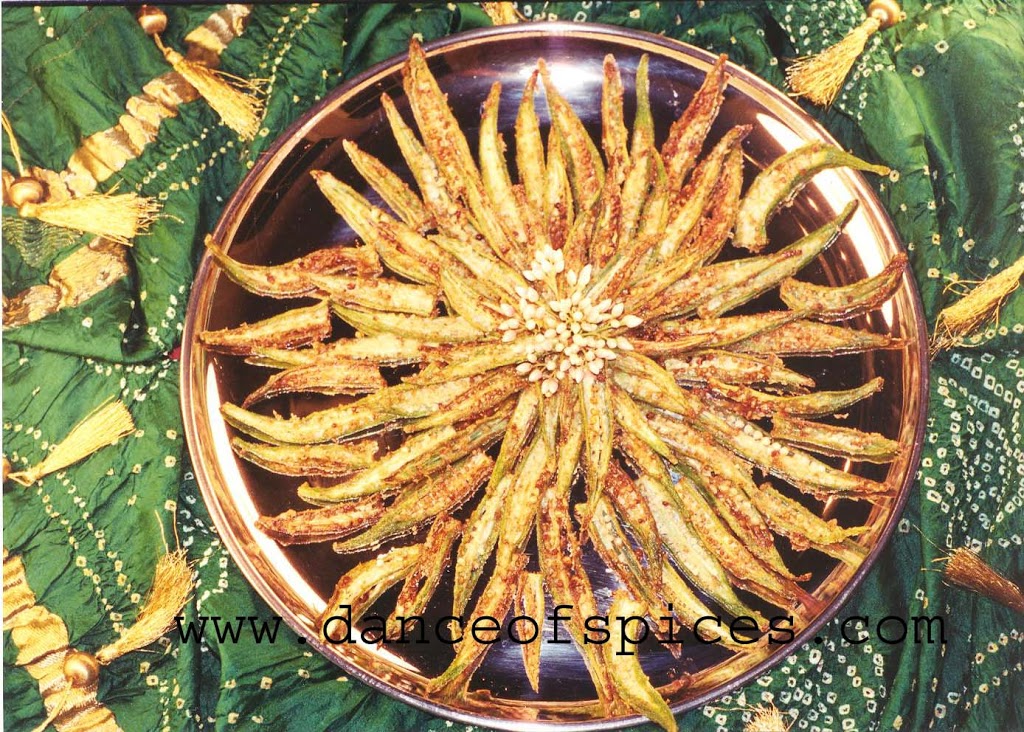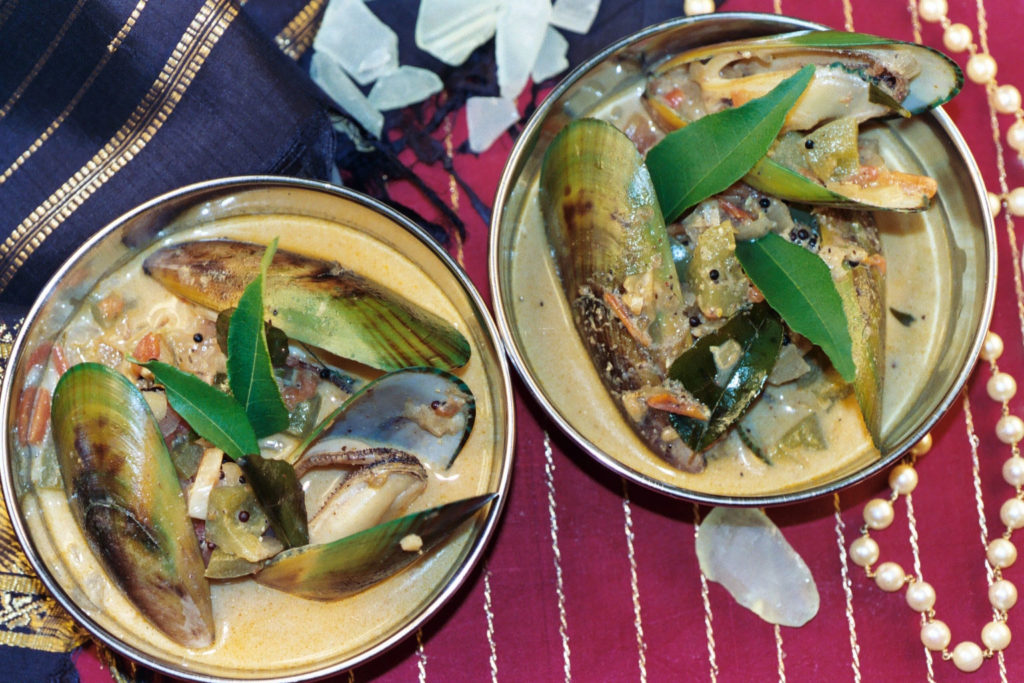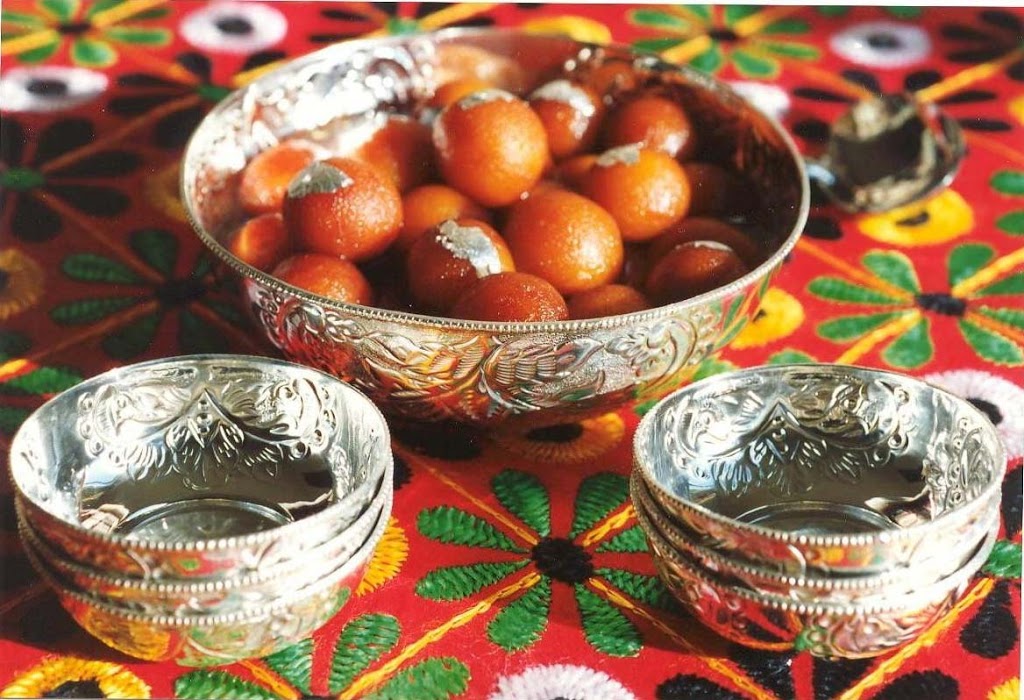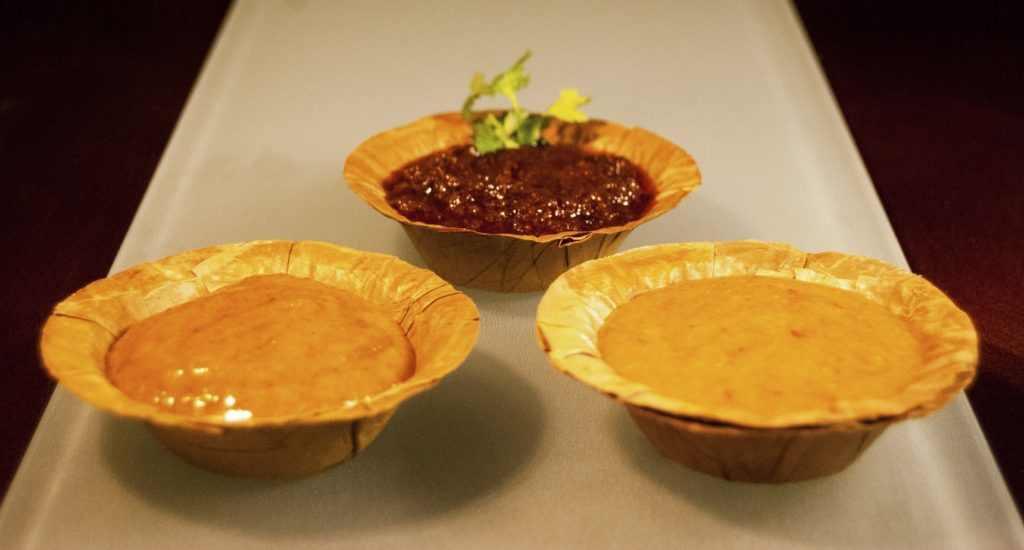Cup Cakes Accented with Golden Flaxseed Spread with Dates and Orange Juice
1 box organic cake mix Golden Flaxseed Spread with Dates and Orange Juice Prepare cake mix, following directions on box. Once cooled, frost cup cakes generously with Golden Flaxseed Spread with Dates and Orange Juice. Serves 8 to 10.
Cup Cakes Accented with Golden Flaxseed Spread with Dates and Orange Juice Read More »

